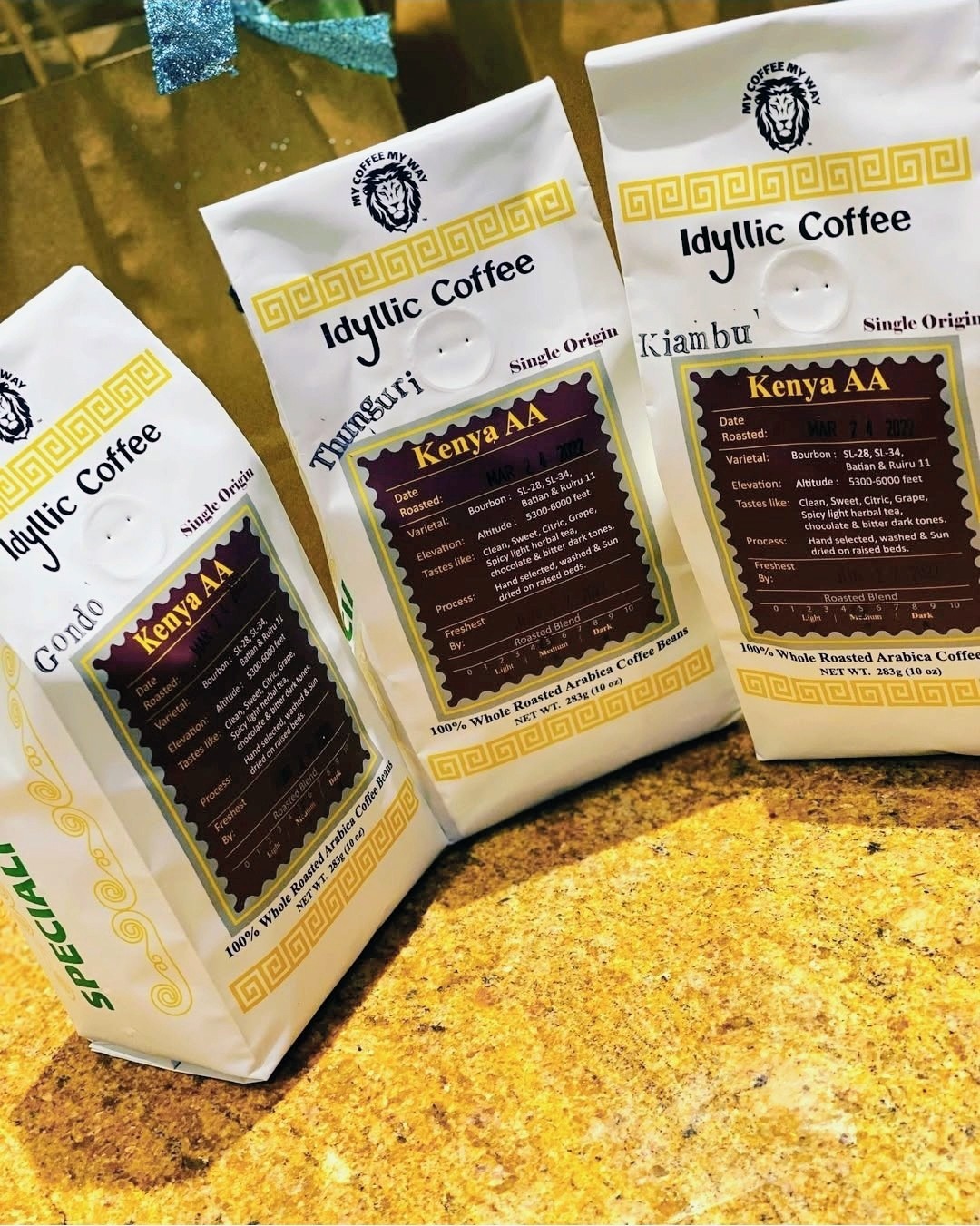
Faith Nyasuguta
Canadian mining giant Barrick Gold Corporation is shifting its focus to Zambia, rolling out a massive $2 billion expansion plan at the Lumwana copper mine. This move comes as the company grapples with intensifying tensions in Mali, where disputes over new mining laws and sudden gold seizures have put its West African operations under pressure.
The Lumwana expansion is set to double the mine’s annual copper production to 240,000 tonnes, thanks to a new high-capacity processing plant capable of handling 50 million tonnes of ore each year. Alongside this, Barrick is partnering with Zambia’s national power supplier, ZESCO, to boost electricity supply lines critical for the upgraded operations.
Mark Bristow, Barrick’s CEO, recently visited Zambia’s capital Lusaka, reaffirming the company’s long-term commitment to the country’s mining future. “When we reviewed Lumwana in 2019, it was high-cost and underperforming. Today, it’s a growing force in African copper,” Bristow said. He emphasized that Lumwana is on track to join the ranks of the world’s biggest copper mines – cementing Zambia’s role as a key player in the global copper market.
Barrick’s bet on Zambia goes far beyond copper output. The company has already injected over $4 billion into the Zambian economy through taxes, wages, and contracts with local businesses. In the first quarter of 2025 alone, more than 80% of Lumwana’s spending – about $177 million – stayed within Zambia. Nearly all of the mine’s 12,000 employees are Zambian, with many coming directly from nearby communities.

To anchor its operations locally, Barrick is building new community infrastructure, including the Manyama township, a training centre for mining skills and a regional airstrip to boost logistics. These projects align with Zambia’s ambitious Mining and Minerals 2031 policy, which aims to modernize and grow the sector while ensuring local communities benefit directly.
Sustainability is also woven into Barrick’s expansion vision. The miner is working with local chiefs and the Forestry Department to roll out a vast forest protection initiative covering up to 300,000 hectares. The plan aims to safeguard biodiversity, support local livelihoods, and generate carbon credits in the future – a step that could position Lumwana as a flagship for sustainable copper mining in Africa.
“Lumwana shows how a world-class mine can power industrial growth while respecting the environment and expanding opportunities for local people,” Bristow said.
This renewed focus on Zambia comes at a time when Barrick is locked in an ugly standoff with Mali’s military-led government. The row started when Mali’s 2023 mining code granted the state up to a 50% stake in mining projects, applying these new rules retroactively. Barrick called this a breach of its existing agreements for its Loulo-Gounkoto mine, one of Mali’s largest gold producers.

The tensions spiralled when the Malian junta seized one tonne of gold – worth an estimated $107 million – by military helicopter, following earlier export blockages and asset freezes. Barrick has since launched international arbitration, accusing Mali of breaching investment treaties. The dispute highlights a broader wave of resource nationalism sweeping parts of Africa where military governments are tightening control over natural resources.
Meanwhile, Zambia appears to be offering Barrick stability and partnership at a time when copper is growing in global demand. Copper is vital for electric vehicles, renewable energy systems, and other green technologies driving the world’s energy transition. By doubling Lumwana’s output, Barrick aims to position itself as a crucial supplier for the world’s push towards cleaner energy.
So far, Lumwana’s expansion is progressing without major environmental incidents, reinforcing Barrick’s message that responsible mining and economic development can go hand in hand. As the Mali dispute drags on, Barrick’s bet on Zambia could reshape its African portfolio and strengthen Zambia’s claim as a rising copper powerhouse ready to fuel the world’s green future.
RELATED:








